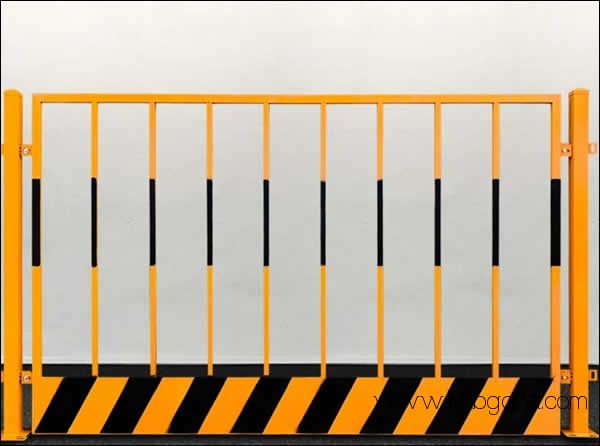Deliver goods:3 days after paydown
Send an inquiry
Common Dimensions for Temporary Fencing
1. Height
- Standard Heights:
- 4 Feet (1.2 meters): Most commonly used for general construction site fencing, providing adequate visibility and security.
- 3 Feet (0.9 meters): Suitable for areas requiring lower barriers, such as pedestrian walkways adjacent to construction zones.
- 6 Feet (1.8 meters): Used for high-security sites or areas needing enhanced privacy and protection.
2. Panel Length
- Standard Lengths:
- 8 Feet (2.4 meters): The most widely used panel length, offering flexibility in configuring the fencing layout.
- 6 Feet (1.8 meters): Useful for shorter sections or areas with space constraints.
- 10 Feet (3 meters): Employed in larger areas to reduce the number of panels required, simplifying installation and maintenance.
3. Post Dimensions
a. Square Posts
-
Dimensions:
- 1.5 Inches × 1.5 Inches (38 mm × 38 mm): Standard size providing a sturdy framework for most temporary fencing applications.
- 2 Inches × 1.5 Inches (50 mm × 38 mm): Offers increased strength and stability, especially for taller or high-security fencing systems.
b. Rectangular Posts
- Dimensions:
- 2 Inches × 1.5 Inches (50 mm × 38 mm): Commonly used for applications requiring additional strength and stability.
- Features:
- Increased Strength: Ideal for high-wind areas or sites with heavy fencing panels.
- Enhanced Stability: Suitable for extended fencing systems where durability is paramount.
c. Round Fence Posts
-
Dimensions:
- Diameter:
- 2 Inches (50 mm): Standard diameter offering a balance between strength and ease of installation.
- 3 Inches (76 mm): Provides additional strength for high-security or high-wind areas.
- Height:
- Typically 6 Feet (1.8 meters): Extends below ground level to ensure stability.
- Diameter:
4. Top Rail Dimensions
- Standard Sizes:
- 1.5 Inches (38 mm) Round or Square Rail: Commonly used for attaching panels and providing structural support.
- 2 Inches (50 mm) Square Rail: Utilized in high-security fencing for added strength.
5. Gates and Accessories
- Gate Heights and Widths:
- Typically match the fence height (e.g., 4 feet) and vary in width based on access requirements, commonly ranging from 3 feet to 6 feet wide.
- Locks and Fasteners:
- Ensure compatibility with post and panel dimensions for secure installation.
6. Material Thickness
- Panel Wire Gauge:
- 12 Gauge (2.05 mm): Offers a balance between strength and flexibility for general use.
- 10 Gauge (3.41 mm): Provides increased durability and security for high-risk sites.
- Post Thickness:
- 2.5 Inches (63.5 mm) or greater: Recommended for sites requiring enhanced stability and resistance to tampering.
- base/Feet: Options include:
- Concrete Feet: Providing substantial stability. Specify dimensions and weight.
- In-ground Posts: Embedded in concrete footings for permanent or semi-permanent installations. Specify depth of embedment.
- Connection Method: Clamps, bolts, or welded connections. Specify the connection method for secure assembly.
- Installation Details: Ensure level ground for placement. Secure posts and panels to prevent displacement. Consider wind loading and add bracing if necessary. Use appropriate signage to warn of hazards.
